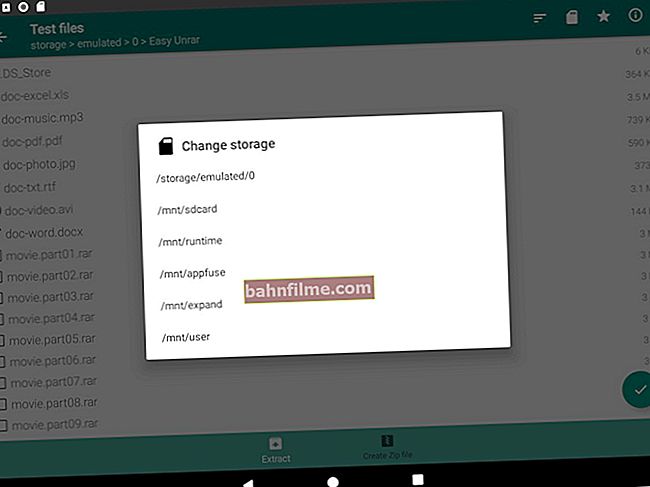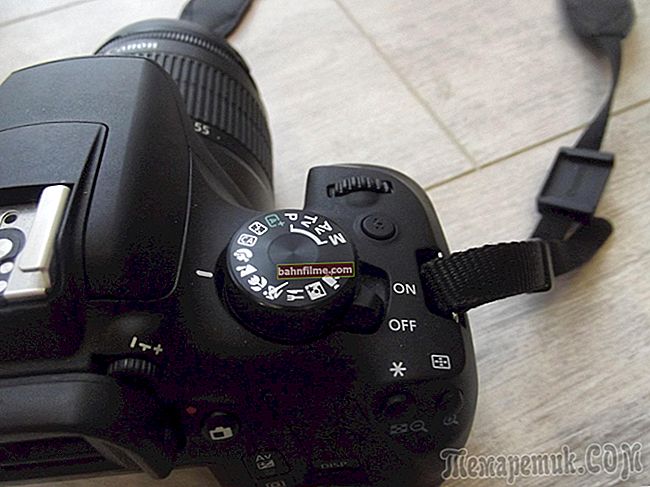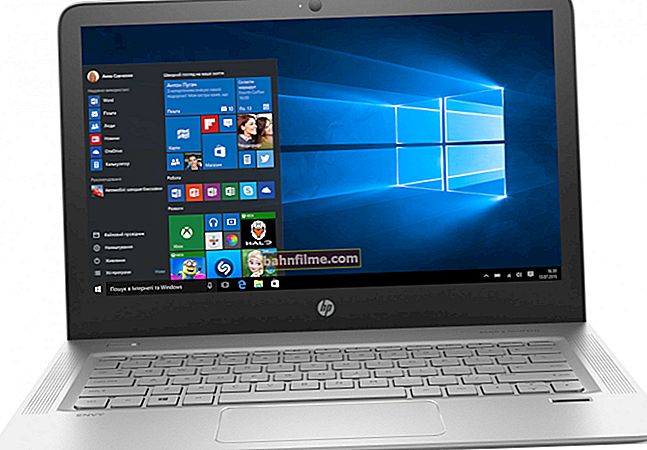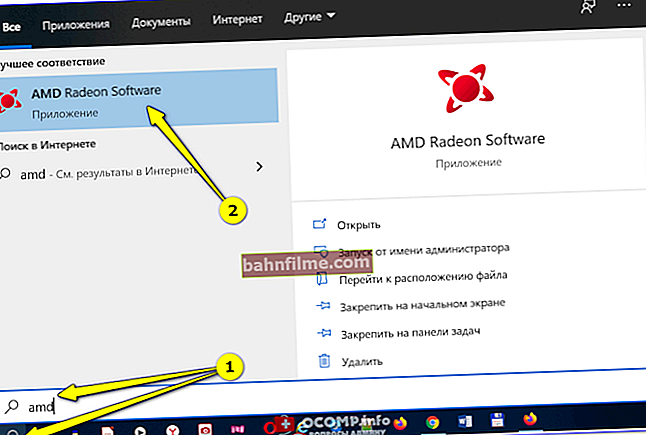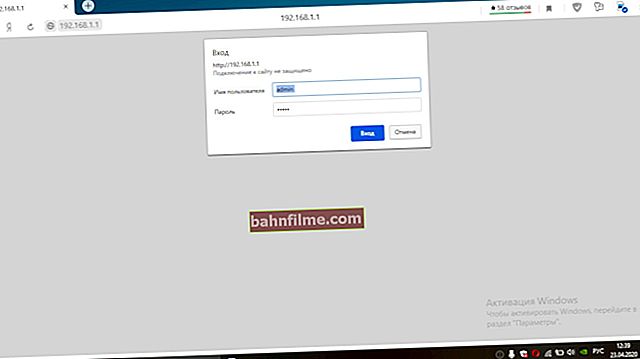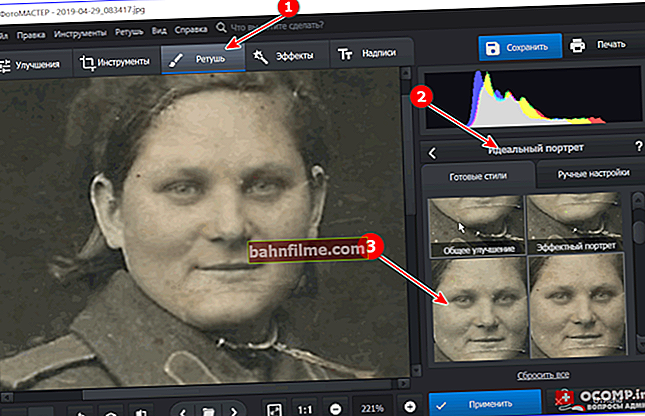
User question
Good day.
Tell me how to get the sound back. After I reinstalled Windows 8 (before that there was the same system from the same disk), the sound disappeared altogether (it is not in any of the applications).
It looks like everything is fine: the tray icon is on, there are no red crosses on it. There were no errors during reinstallation either. The drivers seem to have got up too. What can be done...?
Good time!
In the overwhelming majority of cases, the reason for the lack of sound (after updating / reinstalling the OS) is "out of order" sound settings and a problem with the drivers. Both that, and another, it is quite possible to solve on their own and rather quickly. Below in the article I will try to briefly and concisely outline the essence of what needs to be checked and corrected.
So...
*
Reasons why the sound could "disappear"
Important!

This article lists the reasons for the lack of sound, which may occur after reinstalling the system. If you do not have sound because of this, then see this: //ocomp.info/pochemu-net-zvuka-na-kompyutere.html
1) Wrong playback device selected
The new Windows OS does not always correctly detect the default playback device (speakers, headphones, etc.). Those. the sound can be "fed" to a device that is not connected to your PC at all (for example). And, naturally, the computer will be as dumb as a fish. From myself, I note that this happens VERY often, just after reinstalling the OS, or after connecting new headphones / speakers / players and other audio devices to the PC.
To fix this problem, you need to open the Windows Control Panel, section "Hardware and Sound / Sound" (see screenshot below).

Sound (Windows Control Panel)
Further, in the "Playback" tab, as a rule, several devices will be presented: speakers, Realtek Digital Output, etc. (as in the example below). Here you need to check each device in turn: the best option is to open the playback of an MP3 file (or open a movie preview) and try to set this or that device by default.

Choosing a device for playing sound
It just so happens that when you select "Speakers" - there is no sound, but with "Realtek ..." - the sound suddenly appears. This is most often related to configuration and operation. audio drivers (but a few more words about them below  ) ...
) ...
2) There are no drivers (or the current ones are "crooked")
When you reinstall the system, all old drivers and programs, settings and parameters are deleted when the disk partition is formatted. Naturally, when the required driver version is not installed, the computer simply does not know how to work with your audio card, and because of this, there is no sound ...
I note that in the new Windows 10, this happens less and less often, tk. during the installation of the system, drivers are installed for most equipment: video card, audio card, network adapter, etc.
One of the easiest ways to check for a driver for an audio card is to open device Manager (to open: press the key combination Win + R, enter the command devmgmt.msc, press Enter) .

Launching Device Manager - devmgmt.msc
Then open the tab "Sound, game and video devices": it should display the name of your audio card (its manufacturer). Please also note that there should not be any yellow exclamation marks (red crosses) in front of the devices. Check also the tab "Other devices" (if you have it) - if all drivers are installed in the system, it should be "empty" (or it should not be).

Sound devices

This is what a device looks like for which there is no driver in the system.
To automatically find and solve driver problems, I recommend using the Driver Booster utility. After launching it, it will automatically check all your hardware, all current driver versions - and then offer to update everything at once by clicking on a single button! Very comfortably!
In addition, I note that Driver Booster (in addition to drivers) updates the necessary system components: DirectX, Microsoft .NET Framework, etc.

Driver Booster - One button to update ALL drivers
To help!

Instructions: how to install the driver for sound. Search for audio drivers (for example Realtek) - //ocomp.info/drayver-na-zvuk-poisk-install.html
3) The audio service may be disabled in your version of Windows (for optimization purposes)
Most often, this is found in various Windows assemblies: 5 in 1, 20 in 1, etc. (there are many of them in the vastness of the network). This is especially true for assemblies optimized for maximum performance (for example, for games). That is why, I have always recommended installing a license, and subsequently optimizing it yourself.
In Windows, one of the services is responsible for sound, its exact name"Windows Audio"... To find out her condition, you need to open the list "Services"... To open these services - just press the combination of buttonsWin + R (the Run window should appear) and enter the command services.msc.
Next in the list of services, find "Windows Audio" and see it state and launch type.

Services - see the state of Windows Audio
Ideally, its state should be in the "Running" mode, the startup type - "Automatic" (as in the screenshot above). If this is not the case, try manually opening and launching it. After that, as a rule, a computer restart is required.
I will add that it is far from always possible to start this service (especially on systems "modified" by someone). Try looking for the error code that appears when you try to run it.
I note that it is far from always possible to start it without reinstalling the system ...
4) It is possible that the BIOS settings were changed during the OS installation
In order to start the Windows installation from a bootable USB flash drive, you need to change the BIOS settings - and many during this procedure (I speak from personal observation) "touch" and change other parameters. Often, one of these parameters is "sound".
The fact is that in many BIOS versions it is possible to disable the operation of the audio card (not all PCs need it). This is quite simple: replace Enabled with Disabled.
To help! BIOS entry instructions- //ocomp.info/kak-voyti-v-bios.html
Most often, in the BIOS, you will need to open the "Advanced" section and find an item something like "HD Audio" (example below). Next, check that "Enabled" is lit next to the device.

Onboard HD Audio
If you do not find anything like this, you can try resetting and bringing the BIOS (UEFI) settings to optimal (with optimal settings, the sound should be turned on!).
By the way! As a rule, in the documents that come with the PC, there are those. BIOS settings documentation. If you still have the documentation, then you can use this information as well.
*
PS
If the above doesn't work, try running the Sound Detection and Troubleshooting Wizard. To do this, simply right-click on the speaker icon in the Windows tray, and select this item in the pop-up context menu (see example below).

Troubleshoot audio problems
PPS

If you still have sound, but remains very quiet, I recommend that you read the material of this article: //ocomp.info/tihiy-zvuk-kak-uvelichit-gromkost.html
That's all for now, good luck.
Good Luck!

